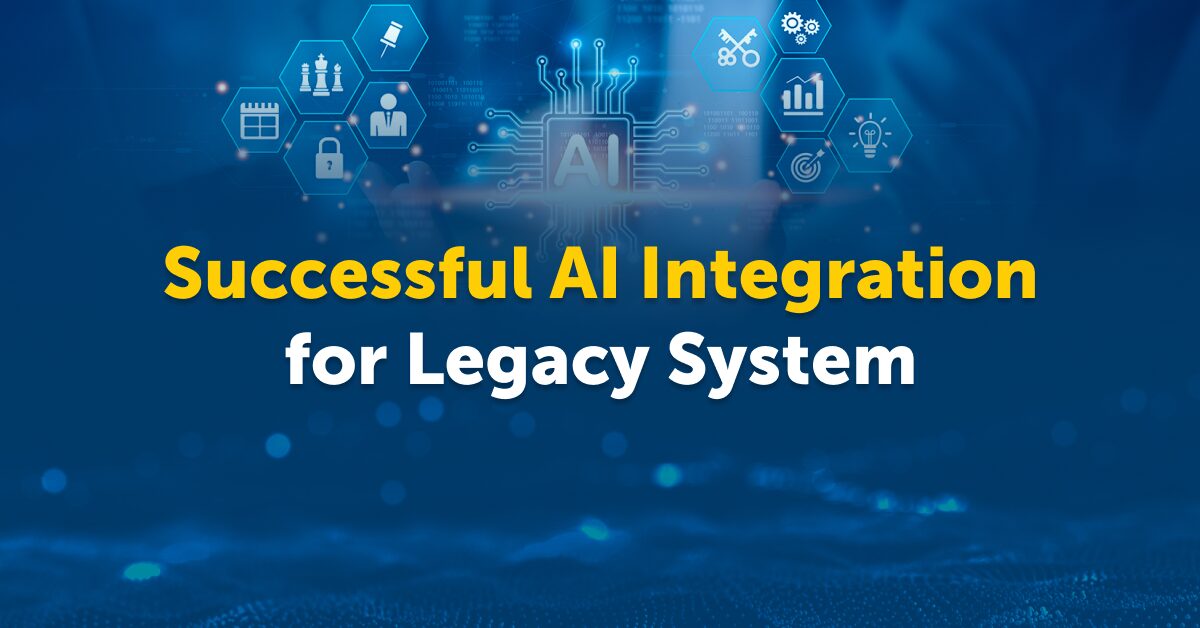A New Era of Gig Workers and AI’s Role in Making the Gig Model Thrive

What is the Gig Economy?
The gig economy, a labor market with flexible job opportunities, independent contractors, freelancers and temporary workers hired for project based and short-term commitments, is shaping the future of work. Examples include independent consultants in accounting and finance, network analysts and information security engineers in IT and Uber drivers in transportation among others.
A Mastercard study estimated that the global gig economy will grow 17% by 2023. Statista suggests that by 2027, the US may have more “giggers” than non-gig workers. Limited in-house capabilities for specialized tasks such as web designing, remote work and millennials, who seek flexibility and work-life balance, have contributed to the gig economy. Organizations such as Digicel and Touchnote deploy a hybrid workforce model employing a mix of in-house and remote workers.
How AI can Aid in a Thriving Gig Economy
AI-algorithms collect data, create shortlists of qualified candidates and offer suggestions to match talent with roles. The technology already assists hiring managers assess candidate suitability and refine the talent pool by mining candidate data and providing insights into their skills and goals. AI-driven human machine interfaces streamline communication by scheduling second-phase interviews, eliminating a dependency on job portals and social media. Hence, AI enables hiring managers to better gauge the value candidates might provide to particular projects.
The modern workforce is looking for more than a job; they want opportunities to develop and upskill. AI-driven insights can make connections between worker’s current skills and identify new areas where they can gain additional expertise in and boost their career growth. AI can suggest personalized skill development plans that ensure distinct learning pathways. Companies are also using AI to allocate, track and monitor work to ensure efficiency and provide effective feedback enabling workers to improve their skills and drive greater value out of the gig economy.
AI-led bias in the selection and talent mapping processes must be prevented. In order to do so, data points with known biases in the training phase must be excluded with regular audits to candidate scoring systems. Addressing concerns through these strategies ensures algorithms rank candidates based on parameters that matter.
The Future is AI-powered but Not in a Way That’s Limiting
Many might believe robots and AI-powered systems are taking gig workers’ jobs but AI is creating more jobs than it’s taking.
AI is changing the nature of customer service, building workflows and more through automation. In fact, the majority of gig recruiting or freelance platforms are either already AI-enabled or are progressing in that direction. As a result, to thrive in the world of AI, workers must continue to reskill and upskill through digital learning platforms. With increased accessibility of such platforms, workers must focus on building relevant skills and meeting changing job demands head-on.
Through AI, gig workers can launch targeted marketing campaigns to promote their services across social media platforms. AI-powered solutions enable workers to increase their output and enhance performance. For example, a freelance writer working on website content can use AI-based platforms such as Grammarly that not only enhance efficiency but also improve accuracy, check for errors and offer personalized suggestions.
The AI-powered future depends on how the new generation of gig workers choose to leverage the technology. As AI is primed to contribute to the development of tools and software it helps businesses and workers to make the most of the gig economy.
To learn more about our AI-based education platform and skill development programs, visit our education page.


